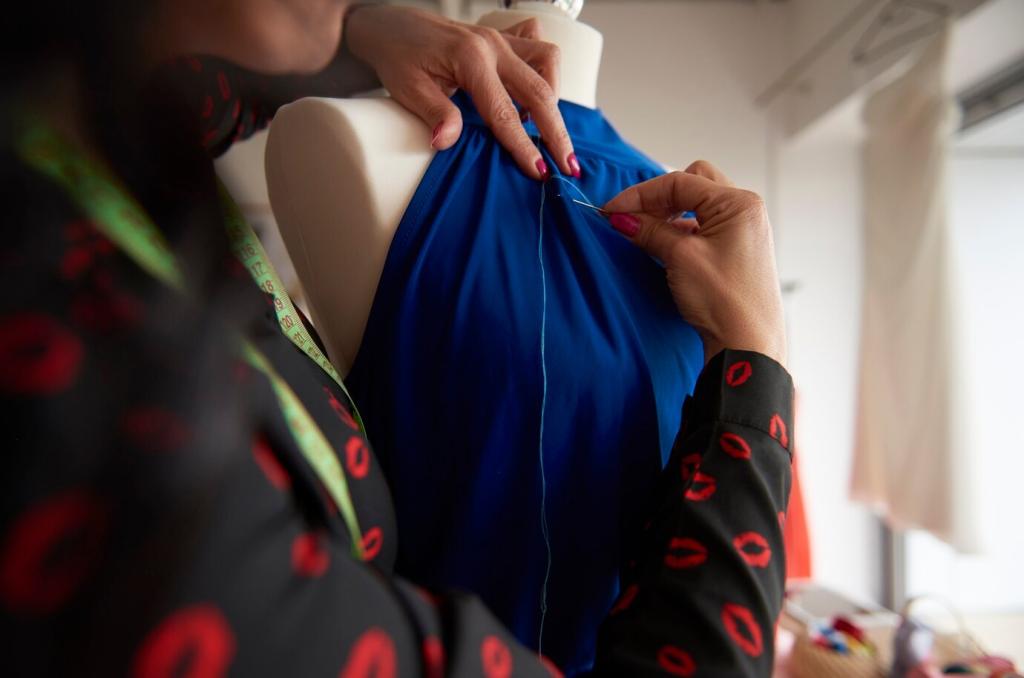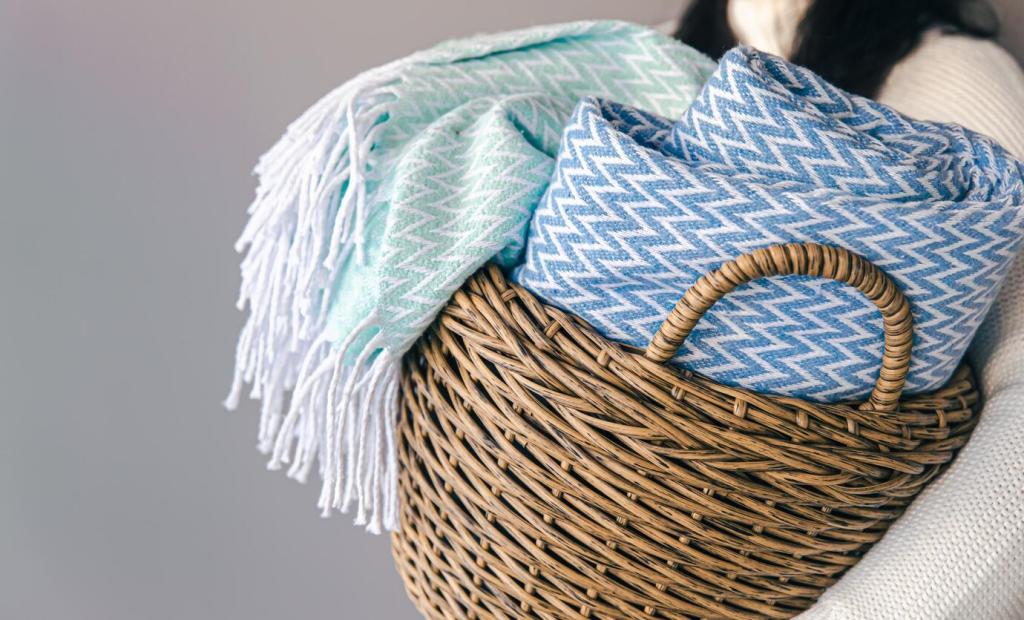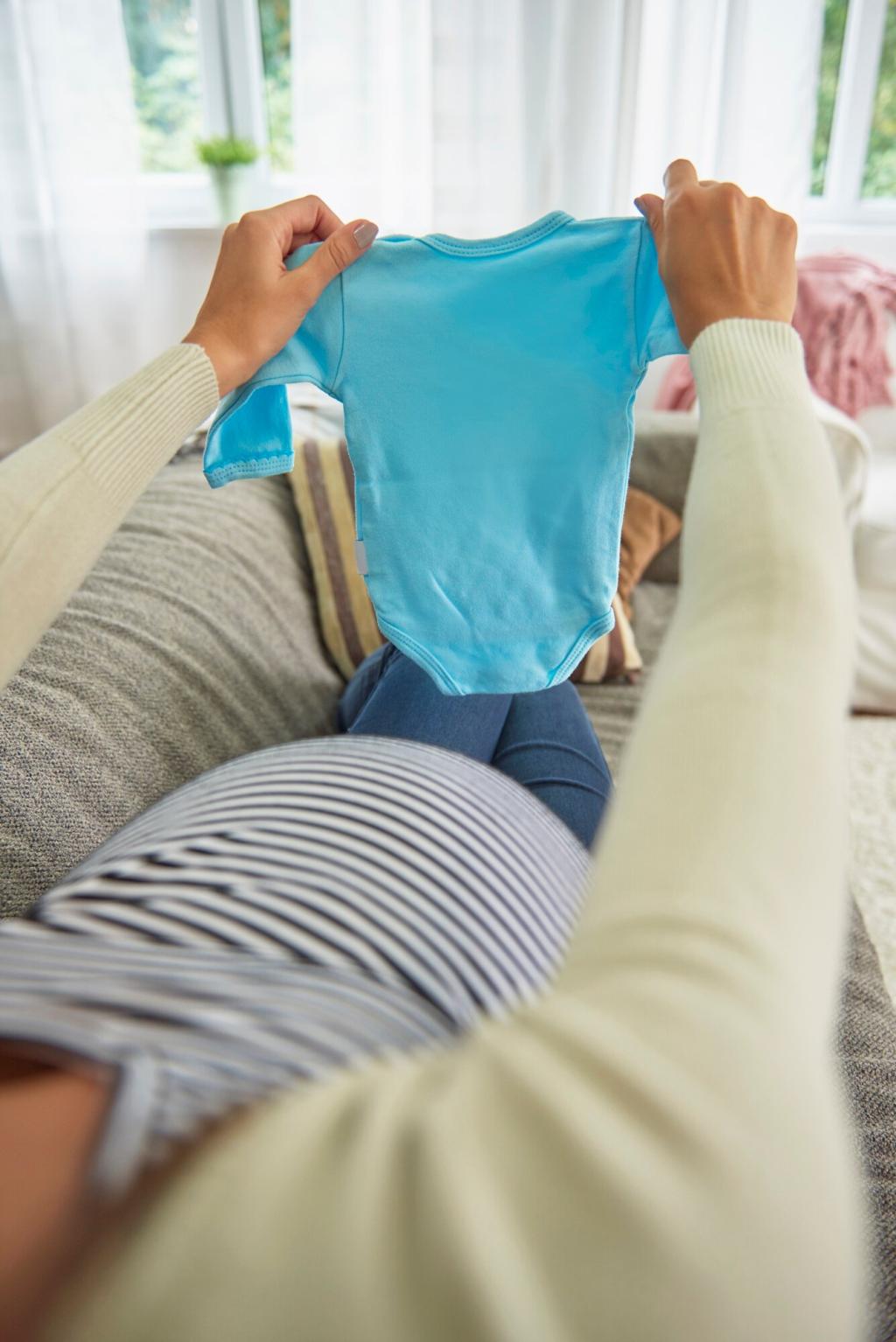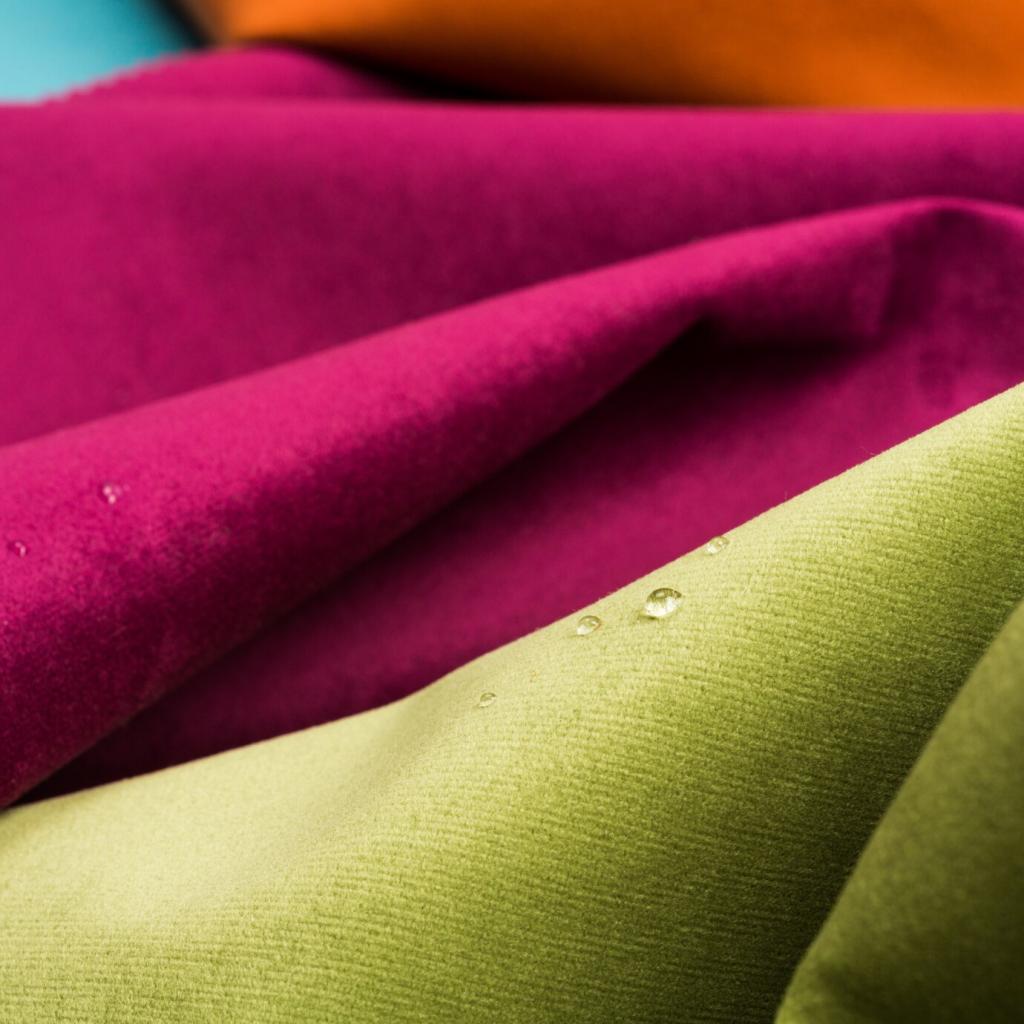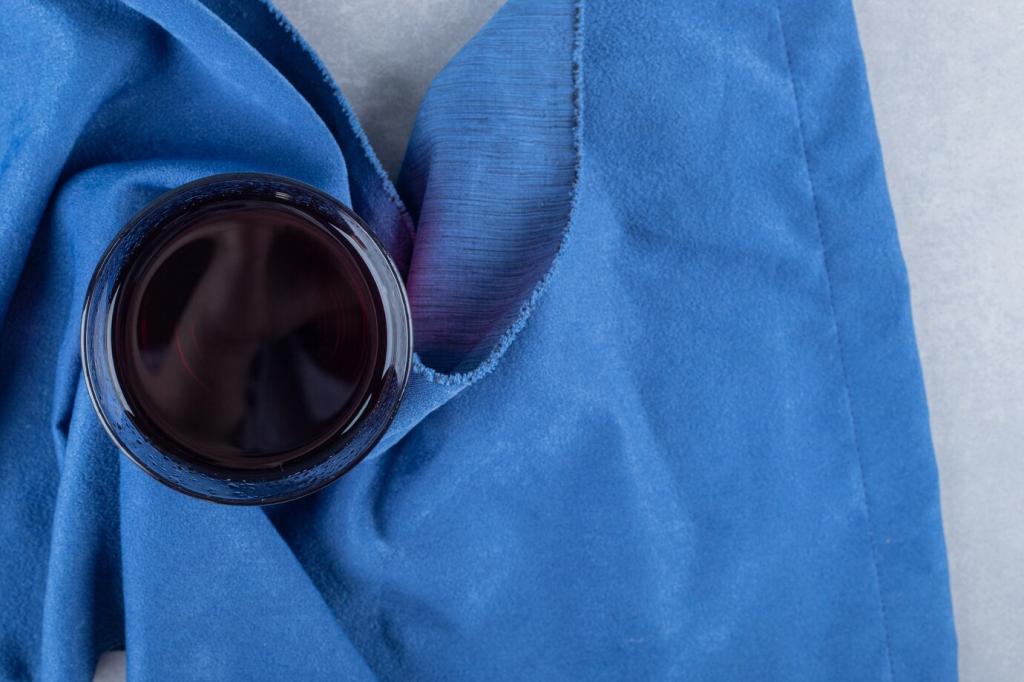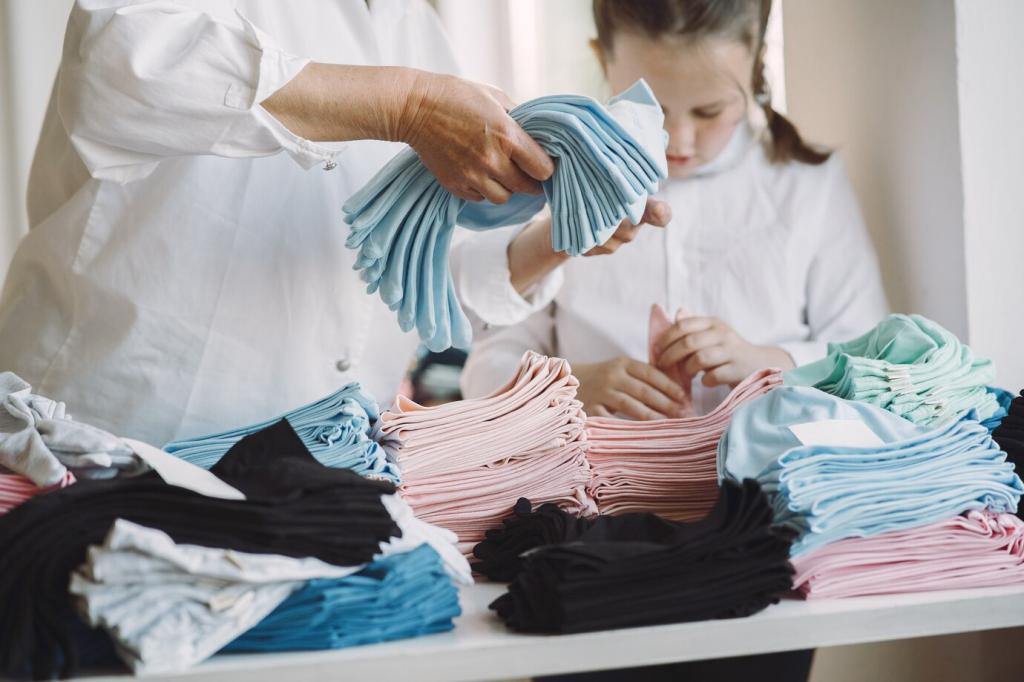Stain Removal the Sustainable Way
Blot immediately with a dry microfiber cloth, then apply a mild plant-based detergent solution and blot again. Follow with a light vinegar rinse to reduce discoloration. Air-dry thoroughly. Have a persistent ring? Comment with fabric type for a safe, targeted tweak.
Stain Removal the Sustainable Way
Gently lay baking soda over the spot to draw out oils, waiting fifteen minutes before vacuuming. Then treat with a small amount of plant-based detergent and warm water, blotting patiently. Avoid hot steam initially, which can set fats. Share successes to help other readers.

